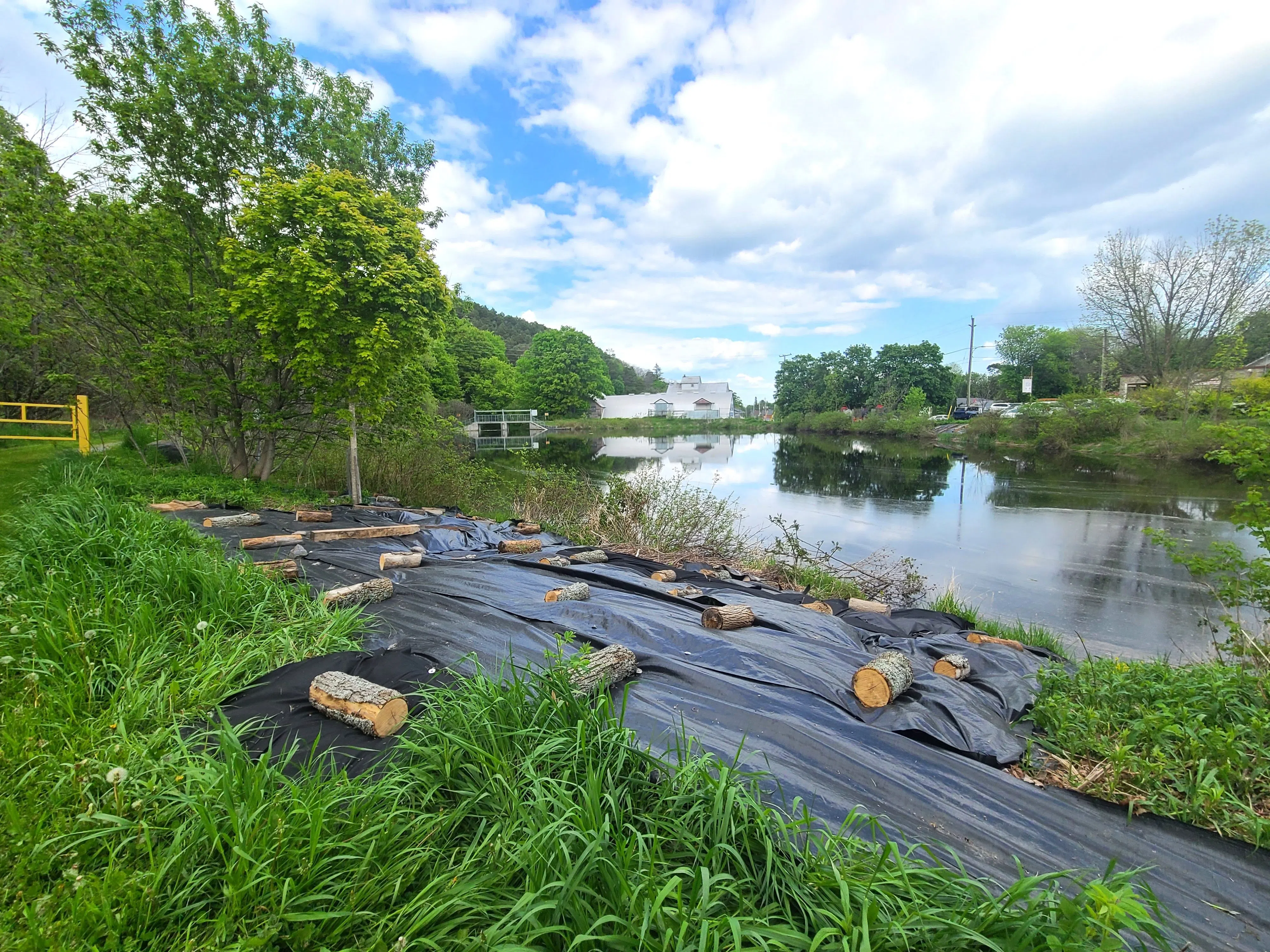
Combating wild parsnip at the Warkworth Conservation Area. /Lower Trent photo
Last week the Ontario government announced plans to establish the Ontario Provincial Conservation Agency (OPCA), a new oversight body designed to streamline the 36 regional conservation authorities and speed up approvals while still safeguarding watersheds and managing natural hazards.
Minister Todd McCarthy of the Ministry of the Environment, Conservation & Parks stated that conservation authorities remain “vital” to flood protection and watershed management but argued the current system is too fragmented, citing differing standards, inconsistent fees and lengthy permitting as impediments to progress. The proposed OPCA will lead the development of a single digital permitting platform, standardize performance metrics, and oversee a regional consolidation of authorities into fewer, watershed‑based agencies.
However, some local conservation voices are cautious. A statement issued by the Green Party of Ontario described the consolidation plan as risking the weakening of protections for lakes, rivers and wetlands, warning it “could expose Ontarians to dangerous flooding” if local decision-making is reduced.
Regional authorities in Central Ontario in particular are watching closely: for communities across watersheds that rely on local governance and rapid response, the transition promises efficiencies yet raises questions about how local input and expertise will be preserved. The government says consultations will begin soon with municipalities, Indigenous groups and stakeholders to determine new boundaries and governance models.
For residents, the outcome could affect how swiftly permits are processed, how reliable flood‑risk mapping becomes, and how local conservation priorities are balanced with development goals.
With legislation forthcoming, the sector and the public are preparing for a significant shake-up in Ontario’s conservation framework.
(Written by: Joseph Goden)




